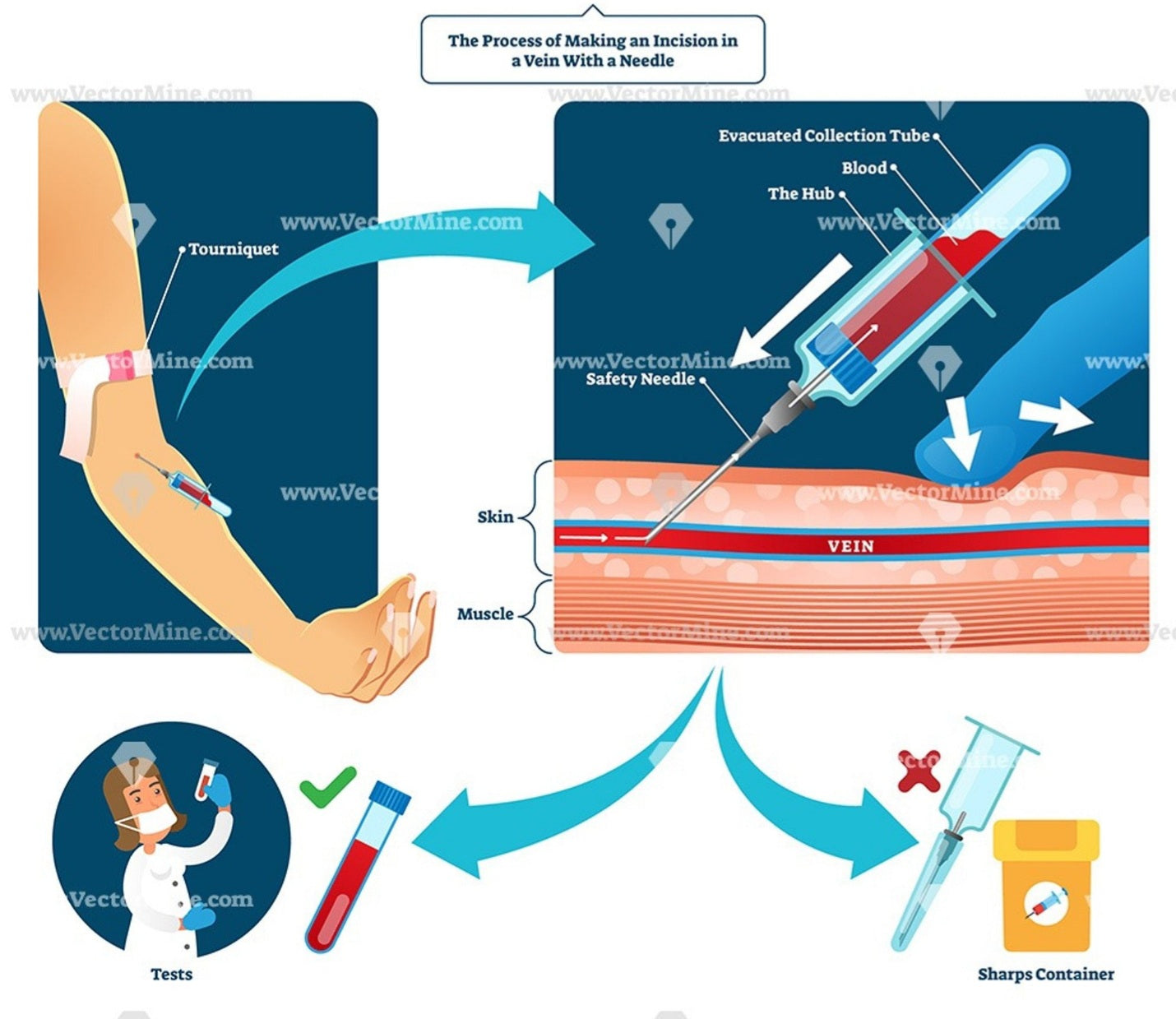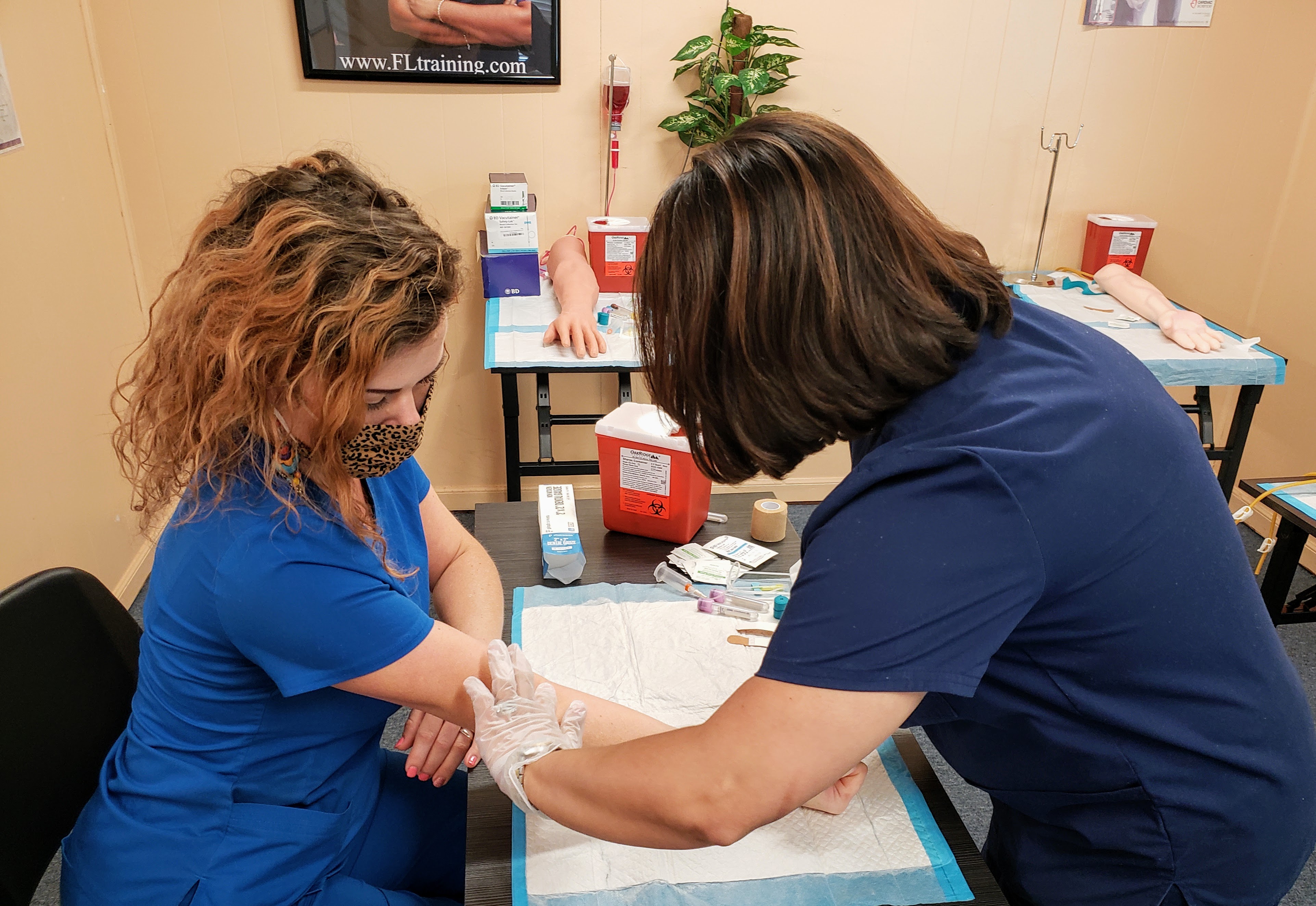Not known Facts About Northeast Medical Institute - New Haven Campus Phlebotomy Course & Cna Class
Not known Facts About Northeast Medical Institute - New Haven Campus Phlebotomy Course & Cna Class
Blog Article
4 Simple Techniques For Northeast Medical Institute - New Haven Campus Phlebotomy Course & Cna Class
Table of ContentsFacts About Northeast Medical Institute - New Haven Campus Phlebotomy Course & Cna Class UncoveredThe Best Strategy To Use For Northeast Medical Institute - New Haven Campus Phlebotomy Course & Cna ClassGet This Report about Northeast Medical Institute - New Haven Campus Phlebotomy Course & Cna ClassNortheast Medical Institute - New Haven Campus Phlebotomy Course & Cna Class - TruthsNortheast Medical Institute - New Haven Campus Phlebotomy Course & Cna Class - QuestionsThe Definitive Guide for Northeast Medical Institute - New Haven Campus Phlebotomy Course & Cna Class
The usage of such devices should be come with by various other infection avoidance and control practices, and training in their usage.For settings with reduced sources, expense is a motoring consider purchase of safety-engineered devices - Phlebotomy Courses. Where safety-engineered devices are not readily available, knowledgeable use a needle and syringe is appropriate. Unintended exposure and certain information about a case ought to be recorded in a register. Support solutions should be advertised for those who undergo unexpected direct exposure.
labelling); transport problems; interpretation of outcomes for clinical monitoring. In an outpatient division or clinic, provide a dedicated phlebotomy workstation containing: a clean surface with two chairs (one for the phlebotomist and the other for the individual); a hand clean container with soap, running water and paper towels; alcohol hand rub. In the blood-sampling room for an outpatient department or clinic, give a comfortable reclining sofa with an arm remainder.
Some Known Details About Northeast Medical Institute - New Haven Campus Phlebotomy Course & Cna Class
Make certain that the indicators for blood tasting are plainly defined, either in a composed procedure or in documented directions (e.g. in a lab type). In any way times, adhere to the strategies for infection prevention and control listed in Table 2.2. Infection prevention and control techniques. Gather all the devices needed for the treatment and location it within secure and simple reach on a tray or trolley, guaranteeing that all the products are plainly visible.
Where the individual is grown-up and mindful, follow the steps laid out listed below. Introduce on your own to the client, and ask the person to mention their full name. Examine that the research laboratory form matches the person's identity (i.e. match the person's information with the lab form, to make sure precise recognition). Ask whether the license has allergies, phobias or has actually ever fainted throughout previous injections or blood draws.
Make the individual comfortable in a supine setting (if feasible). The patient has a right to reject an examination at any time before the blood tasting, so it is essential to make sure that the client has recognized the treatment - PCT Training.
The Basic Principles Of Northeast Medical Institute - New Haven Campus Phlebotomy Course & Cna Class
Expand the client's arm and examine the antecubital fossa or lower arm. Locate a capillary of a great dimension that is visible, straight and clear.
DO NOT place the needle where capillaries are diverting, since this enhances the possibility of a haematoma. The blood vessel should show up without using the tourniquet. Situating the capillary will aid in identifying the correct dimension of needle. Apply the tourniquet concerning 45 finger widths above the venepuncture website and re-examine the vein.
Samplings from central lines lug a danger of contamination or erroneous research laboratory examination go to my blog results. It is acceptable, however not ideal, to attract blood samplings when first introducing an in-dwelling venous tool, before connecting the cannula to the intravenous liquids.
The Ultimate Guide To Northeast Medical Institute - New Haven Campus Phlebotomy Course & Cna Class
Failure to permit adequate contact time increases the risk of contamination. DO NOT touch the cleansed site; in particular, DO NOT put a finger over the capillary to assist the shaft of the subjected needle.
Ask the individual to create a hand so the blood vessels are more popular. Go into the capillary quickly at a 30 degree angle or less, and remain to present the needle along the blood vessel at the simplest angle of entrance - PCT Courses. When adequate blood has been accumulated, release the tourniquet prior to taking out the needle
The Basic Principles Of Northeast Medical Institute - New Haven Campus Phlebotomy Course & Cna Class
Take out the needle delicately and apply mild stress to the website with a clean gauze or dry cotton-wool round. Ask the person to hold the gauze or cotton woollen in area, with the arm extended and raised. Ask the client NOT to bend the arm, due to the fact that doing so triggers a haematoma.

The Ultimate Guide To Northeast Medical Institute - New Haven Campus Phlebotomy Course & Cna Class
Do not push the syringe plunger because extra stress boosts the threat of haemolysis. Where feasible, keep the tubes in a shelf and move the shelf in the direction of you. Inject downwards right into the appropriate coloured stopper. DO NOT get rid of the stopper because it will certainly launch the vacuum cleaner. If the sample tube does not have a rubber stopper, inject incredibly slowly into television as reducing the pressure and speed made use of to transfer the specimen minimizes the threat of haemolysis.

Report this page